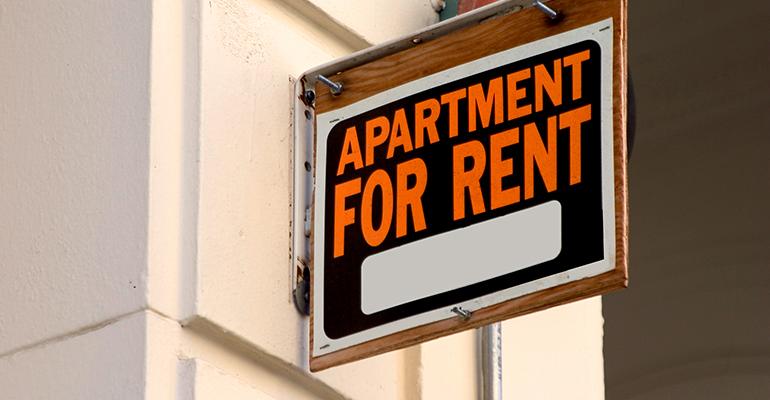How high can landlords raise the rents at their apartment properties before they begin to lose tenants?
In the current market, many markets have very few apartment vacancies, and face little competition. That would usually be a sign to raise rents. But many renters have already been pushed to the limit financially. Another rent hike could force them to move in with roommates or their families—or simply to miss the next rent payment.
“A growing number of renters are spending less on non-essentials to make up for increasing rents,” says a spokesperson for the government agency Freddie Mac.
Fortunately, the data shows some clear patterns that can help landlords and property managers decide when—and by how much—to raise their rents.
More renters resist rent hikes and luxury renters have lots of choices
As rents rose sharply in recent years, more renters are looking for other options. “A growing number of renters are planning to move because of changes in rent,” says the Freddie Mac spokesperson. That percentage has jumped to 44 percent in March 2017, up from 34 percent the year before, according to a preview of Freddie Mac’s soon-to-be-released 2017 Renter Survey.
Managers of class-A apartment complexes can easily gauge the threat that their residents will move out by checking the local property listings.
These wealthy renters also have the most money to spend on the cost of moving. The renters at professionally-managed class-A+ apartments have an average income of more than $80,000 a year and spend only about 20 percent of that on rent, according to data from RealPage, based on an analysis of leases at properties managed using the RealPageproperty management software system.
Class-B renters have solid incomes and fewer choices
Owners of luxury apartments that are no longer brand new are in a much better position to raise their rents.
The people who live at professionally-managed, class-B properties earn more than $50,000 a year on average and spend less than 24 percent of that on rent, reports RealPage. These residents can generally afford rent increases without breaking the bank.
In addition, “Class-B apartments are typically priced far below newer product—and that’s more true today than ever before,” says Jay Parsons, vice president for MPF Research, a RealPage company, headquartered in Carrollton, Texas.
So property managers can increase their rents sharply and still offer much less expensive units than the new apartments available in their market, even if the new properties come with concessions or free rent.“There is potential for further rent growth, and we do expect class-B to drive overall apartment rent growth in the next few years,” says Parsons.
Renters stressed at professional-managed class-C and class-D buildings
The renters who live at professionally-managed class-C and -D properties are closer to the edge, financially.
These households earn less than $30,000 a year on average and pay roughly 30 percent of that income on their rent, according to data from properties managed with RealPage software. The incomes of these residents probably haven’t changed that much since they qualified to sign a lease and move in.
Class-C and -D property managers typically work hard to keep these residents.“Class-C units tend to sit vacant longer than an A or B unit, and turn costs eat up a bigger share of the revenue stream at a class-C property,” says Parsons. Higher turnover costs combined with a less transient renter base explain why retention rates tend to be highest at class-C properties.
“The risk of increased turnover will limit how much many property managers are willing to push rents,” says Parsons. “Class-C apartments are rarely able to sustain meaningful rent growth.”
Renters on the brink
The challenge is even more severe at the apartment properties that are typically not included in data sets of professionally-managed, “investment-grade” properties.
Millions of renters live at smaller apartment properties or single-family rental houses that don’t check the income or credit reports of potential residents. Many of these renters can’t show enough income to live at properties with professional managers and some may be near the breaking point financially.
There were 11.1 million renter households that paid more than half of their income on rent in 2015, the most recent year for which data is available. That’s an increase of 3.7 million since 2001, though since 2011 the number has stayed at a little over 11 million, according to the State of the Nation’s Housing 2017 report from the Joint Center for Housing Studies at Harvard University.
The owners of smaller rental properties may not have as much information on their residents as the owners of investment-grade properties typically gather. They should be even more careful as they raise their rents.
“If owners choose to aggressively push rents, they will face turnover. If they are overly aggressive, they may face prolonged vacancies, which in turn hurts their yield,” says John Chang, first vice president of research services for brokerage firm Marcus &Millichap.

